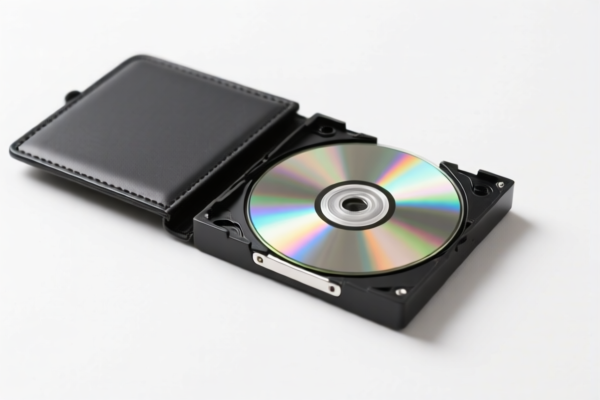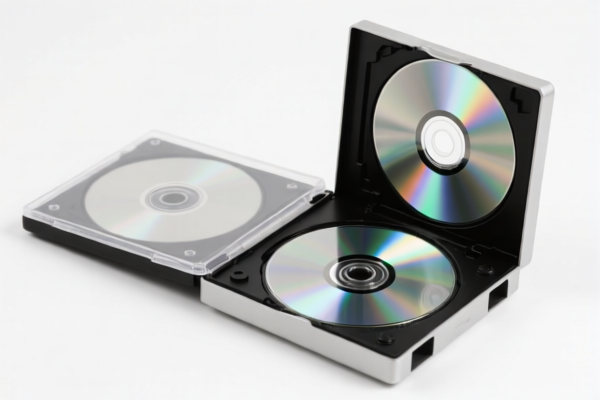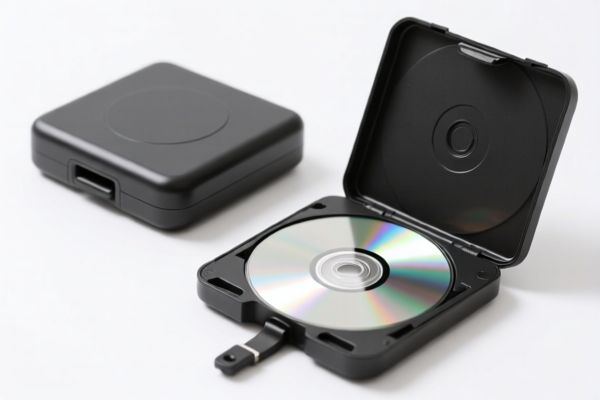| HS Code | Official Doc | Tariff Rate | Origin | Destination | Effective Date |
|---|---|---|---|---|---|
| 9201100005 | Doc | 42.2% | CN | US | 2025-05-12 |
| 9207900080 | Doc | 42.5% | CN | US | 2025-05-12 |
| 9207900040 | Doc | 42.5% | CN | US | 2025-05-12 |
| 8519811000 | Doc | 37.5% | CN | US | 2025-05-12 |
| 8519814150 | Doc | 30.0% | CN | US | 2025-05-12 |
| 8522908040 | Doc | 55.0% | CN | US | 2025-05-12 |
| 8522906500 | Doc | 55.0% | CN | US | 2025-05-12 |
| 8521103000 | Doc | 37.5% | CN | US | 2025-05-12 |
| 8521106000 | Doc | 37.5% | CN | US | 2025-05-12 |




Recording Player
A recording player is a device used to capture and reproduce audio from a source, typically magnetic tape, vinyl records, or digital audio files. These devices have evolved significantly over time, encompassing a range of technologies and functionalities.
Materials:
The materials used in recording players vary depending on the type and age of the device.
- Tape Recorders: Historically, these utilized metal chassis, plastic components for housing and mechanisms, and magnetic tape as the recording medium. Modern iterations may incorporate more advanced polymers and digital components.
- Turntables (Vinyl Record Players): Common materials include metal platters (aluminum, steel, or alloys), tonearms (aluminum, carbon fiber), cartridges (containing coils, magnets, and styli – typically diamond), and plinths (wood, acrylic, metal).
- Digital Audio Recorders: These predominantly use plastic housings, electronic components (microprocessors, memory chips, analog-to-digital converters), and internal storage (flash memory, hard drives).
Purpose:
The primary purpose of a recording player is to capture, store, and reproduce audio. This can serve various needs, including:
- Archiving: Preserving audio content for future use.
- Entertainment: Listening to music, podcasts, or other audio recordings.
- Professional Use: Music production, broadcasting, voice recording, and sound engineering.
- Personal Documentation: Capturing personal memos, interviews, or lectures.
Function:
The core function involves converting sound waves into a storable format and then recreating those waves to produce audible sound.
- Tape Recorders: Sound waves are converted into electrical signals via a microphone, which are then used to magnetize particles on a moving tape. Playback reverses this process, converting the magnetic signal back into electrical signals and outputting them as sound.
- Turntables: A stylus traces the grooves of a vinyl record, converting the physical variations in the groove into electrical signals. These signals are then amplified and outputted as sound.
- Digital Audio Recorders: Sound waves are converted into electrical signals by a microphone, then digitized by an analog-to-digital converter (ADC). This digital data is stored in memory and later converted back into analog signals by a digital-to-analog converter (DAC) for playback.
Usage Scenarios:
- Home Listening: Enjoying music collections or listening to audiobooks.
- Music Production: Recording and mixing audio tracks in a studio environment.
- Broadcasting: Capturing and playing audio for radio or television.
- Field Recording: Capturing audio in remote locations (e.g., interviews, nature sounds).
- Transcription: Recording audio for later conversion into text.
Common Types:
- Reel-to-Reel Tape Recorders: Utilize open reels of magnetic tape, offering high fidelity but requiring more technical expertise.
- Cassette Tape Recorders: Employed compact cassettes, popular for portability and ease of use.
- Digital Tape Recorders (DAT): Used compact digital tapes, providing high fidelity and compact size.
- Turntables (Vinyl Record Players): Play vinyl records, known for their warm sound and physical media experience. These can range from basic models to high-end audiophile systems.
- Portable Digital Recorders: Compact, battery-powered devices for capturing audio on the go.
- MiniDisc Recorders: A magneto-optical disc-based format, offering a combination of portability and digital audio quality.
- Solid-State Recorders: Utilize flash memory for storage, providing durability and compact size.
Based on the material and function, “recording player” refers to an apparatus used for sound reproduction. Here are the relevant HS codes based on the provided information:
- 8519811000: Sound recording or reproducing apparatus; other apparatus; using magnetic, optical or semiconductor media; sound reproducing only; transcribing machines. This code covers sound reproducing apparatus that uses magnetic, optical, or semiconductor media specifically for transcribing.
- 8519814150: Sound recording or reproducing apparatus; other apparatus; using magnetic, optical or semiconductor media; other; other. This code applies to other sound reproducing apparatus using magnetic, optical, or semiconductor media not specifically categorized elsewhere.
- 8521103000: Video recording or reproducing apparatus, whether or not incorporating a video tuner; magnetic tape-type; color, cartridge or cassette type; not capable of recording. While primarily for video, this code includes magnetic tape-type apparatus that also reproduce sound and are not capable of recording.
- 8521106000: Video recording or reproducing apparatus, whether or not incorporating a video tuner; magnetic tape-type; color, cartridge or cassette type; other. This code covers other magnetic tape-type video recording or reproducing apparatus that also reproduce sound.
Regarding HS code 8519811000 and 8519814150, the apparatus utilizes magnetic, optical, or semiconductor media for sound reproduction.
According to the provided reference material, the HS code options related to 'recording player' are limited, with only the following 4 found.
Customer Reviews
No reviews yet.